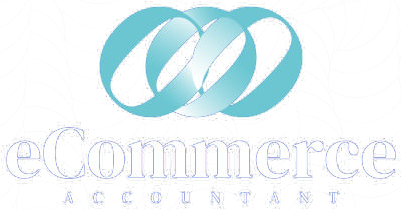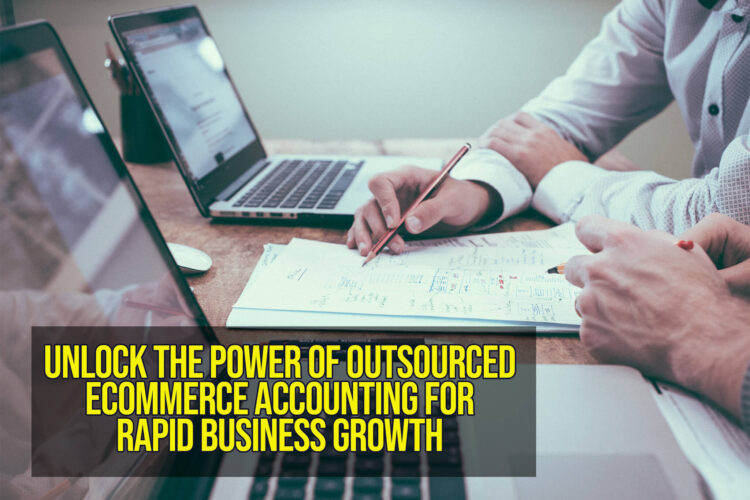
Selecting the right inventory costing method for your eCommerce business can be a pivotal decision impacting your company’s financial health. The method you choose influences how your costs are calculated, affecting your taxable income, profit margins, and consequently, your business’s overall growth and sustainability.
Inventory costing methods affect how you value your inventory on your balance sheet and cost of goods sold (COGS) on your income statement. They include First-In-First-Out (FIFO), Last-In-First-Out (LIFO), and Average Cost method. Understanding each method’s implications and selecting the one that best aligns with your business operations can contribute significantly towards effective financial management and strategic decision-making.
What are the Inventory systems?
Inventory systems play a crucial role in the management of goods and resources in a business. They ensure that accurate and up-to-date data about inventory levels and values are readily available, facilitating more informed and timely business decisions. Two of the most commonly used systems are the Perpetual Inventory System and the Periodic Inventory System.
The Perpetual Inventory System is a method where updates to inventory levels are made continuously in real-time as sales occur. This system typically relies on digital tools or software that automatically track inventory changes, making it ideal for businesses with high sales volume or those that sell expensive items. It provides a constant, updated record of the inventory, helping to reduce the risk of stockouts and overstocking.
The Periodic Inventory System, on the other hand, updates inventory records at specific intervals, such as weekly, monthly, or yearly. This method can be less costly and more straightforward to implement, especially for smaller businesses with lower sales volumes. However, it may not provide the most accurate picture of inventory levels between updates, which could potentially lead to issues such as stockouts or over-purchasing.
What are the Inventory Costing Methods that can use for your eCommerce Business?
Inventory costing methods are principles used to determine the cost of goods sold and ending inventory. These methods help in the precise calculation of profit and loss, making them crucial for financial reporting and analysis. The selection of the right inventory costing method depends on a business’s specific operational model, industry standards, and financial strategy.
Inventory costing methods can primarily be categorized into three types.
- First-In-First-Out (FIFO): This method operates under the assumption that the first products added to the inventory are the first ones to be sold. Hence, the cost of the older inventory is used to calculate the cost of goods sold, while the cost of newer inventory is used in the balance sheet. i.e. Consider a clothing retailer that sells t-shirts. The shirts purchased earlier in the year cost $5 each, while the ones purchased later cost $7 each due to increased costs from the supplier. Under FIFO, once a t-shirt is sold, the cost of goods sold (COGS) will be $5, the cost of the first shirts purchased. The remaining inventory would be valued at $7 per
- Last-In-First-Out (LIFO): LIFO assumes the reverse of FIFO; the last products added to the inventory are the first ones to be sold. Therefore, the cost of goods sold is computed based on the price of the most recently purchased or produced items, while older inventory costs are used in the balance sheet. i.e. Assume the same clothing retailer and costs. With LIFO, when a t-shirt is sold, the COGS would be $7, the cost of the most recently purchased shirts. The remaining t-shirts, those purchased at the beginning of the year for $5 each, remain in inventory.
- Average Cost Method: The Average Cost method calculates the cost of goods sold and ending inventory based on the average cost of all items in inventory during the period. It evens out the cost fluctuation, providing a moderate valuation of both COGS and the inventory. i.e. For the same retailer, the average cost of the shirts would be calculated. If the retailer had 100 shirts purchased at $5 each and 100 shirts purchased later at $7 each, the average cost of inventory would be $6 per shirt. This cost will be used to calculate both COGS and the value of the remaining inventory when a shirt is sold.
Implement an automated system to track costs and increase accuracy
Investing in an automated system for inventory management and costing can yield significant benefits for your eCommerce business. One of the most significant advantages is the improvement in accuracy. Manual calculations often open the door to human error, which can lead to incorrect inventory valuations and misleading financial statements. Automated systems, however, provide precise calculations for every product, ensuring that your inventory costs are always accurate. This enhanced accuracy can boost your confidence in your financial data, allowing you to make informed financial and operational decisions.
Moreover, an automated system can increase efficiency, saving your team valuable time that could be better spent on other aspects of your business. With an automated system in place, you no longer have to spend hours doing manual calculations and updating spreadsheets. The system can automatically calculate costs, update inventory levels in real-time, and generate comprehensive reports, all with minimal intervention. This not only streamlines your operations but also allows your team to focus on strategic tasks and initiatives that can contribute to your business’s growth and success. An automated inventory system is indeed a wise investment that can enhance your business’s efficiency, accuracy, and profitability.
Working with eCommerce Accountant is another essential step to ensure accurate and efficient financial management for your online business. Specialized in the eCommerce industry, these professionals understand the unique nuances and challenges of online businesses, from managing inventory costs to dealing with sales tax compliance across multiple jurisdictions. We can provide strategic financial advice, assist in tax planning and preparation, and help optimize your business’s financial health. Moreover, they can work seamlessly with your automated inventory systems, further enhancing the accuracy and reliability of your financial data. Trusting your financial management to us can be a strategic move towards sustainable growth and success in the online marketplace.



